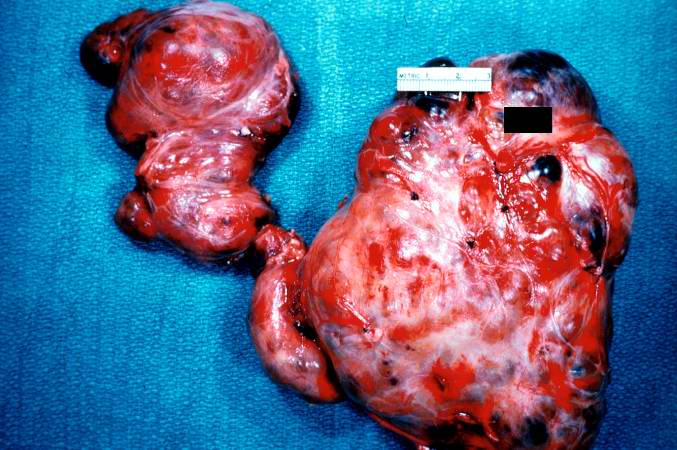Graves' disease case study one
|
Graves' disease Microchapters |
|
Diagnosis |
|---|
|
Treatment |
|
Medical Therapy |
|
Case Studies |
|
Graves' disease case study one On the Web |
|
American Roentgen Ray Society Images of Graves' disease case study one |
|
Risk calculators and risk factors for Graves' disease case study one |
Editor-In-Chief: C. Michael Gibson, M.S., M.D. [1]
Overview
Case#1
Clinical Summary
An 18-year-old girl presented with complaints of swelling in the neck, weight loss, bulging of the eyes, tremor, decreased heat tolerance, loose stools, and occasional palpitations. Physical examination revealed normal blood pressure, resting tachycardia of 110 beats per minute, mild exophthalmos, eyelid lag, and a diffusely enlarged thyroid gland. Pertinent laboratory findings were thyroxine (T4) level 30.8 mcg/dL, free thyroxine was 2.7 ng/dL, and thyroid stimulating hormone (TSH) was 0.22 mcIU/mL. She was given propylthiouracil until she became nearly euthyroid, at which time a thyroidectomy was done.
Autopsy Findings
The thyroid gland weighed 45 grams. It was beefy red in color and had a homogeneous fleshy consistency.
Histopathological Findings






